 Great news for fans of Fumiyo Kouno: the crew at Mangasplaining has teamed up with UDON to publish Kouno’s Giga Town: Manpu Zufu (A Catalog of Manga Symbols), which uses characters from the Choju-jinbutsu-giga to explain “the visual iconography of manga.” Though Kouno’s work won’t be serialized on the Mangasplaining website, Deb Aoki, Christopher Woodrow-Butcher and Andrew Woodrow-Butcher will be intimately involved in bringing Giga Town to North American readers, offering subscribers a “behind the scenes on how a manga is made from licensing through translation, lettering, and more.” Giga Town is slated for a spring 2023 release; Ko Ransom (Invitation From a Crab) will translate.
Great news for fans of Fumiyo Kouno: the crew at Mangasplaining has teamed up with UDON to publish Kouno’s Giga Town: Manpu Zufu (A Catalog of Manga Symbols), which uses characters from the Choju-jinbutsu-giga to explain “the visual iconography of manga.” Though Kouno’s work won’t be serialized on the Mangasplaining website, Deb Aoki, Christopher Woodrow-Butcher and Andrew Woodrow-Butcher will be intimately involved in bringing Giga Town to North American readers, offering subscribers a “behind the scenes on how a manga is made from licensing through translation, lettering, and more.” Giga Town is slated for a spring 2023 release; Ko Ransom (Invitation From a Crab) will translate.
NEWS, INTERVIEWS, AND ESSAYS
ICYMI: Anime News Network reports that Tokyopop is bringing back its Rising Stars of Manga contest this year. Earlier this month, Tokopop announced that “previous winners and industry professionals will judge the competition,” and “artists will retain the copyright on their works.” No information about the contest has been posted on the Tokyopop website as yet, though Tokyopop indicated that the contest would run from July 25th – October 25th. Stay tuned for more information. [Anime News Network]
Brigid Alverson offers an in-depth look at the June 2022 NPD Bookscan charts, observing that “[wh]ether the comic is based on the show or the show is based on the comic, media tie-ins were prominent on this month’s charts of the top 20 Author, Manga, and Superhero graphic novels in the book channel.” [ICv2]
Jocelyne Allen takes a break from translating to sing the praises of Takeuchi Sachiko’s Numa no Naka de Fuwaka wo Mukaemasu. “She takes all these emotions and illustrates them to the extreme,” Allen notes. “It’s like physical comedy in manga form, and she only gets better at it with every book she puts out.” [Brain vs Book]
With the help of translator Katsu Tanaka, Danica Davidson interviews Monkey King creator Katsuyu Terada about the art that inspired him to become an manga-ka. “I grew up inspired by amazing Japanese manga illustrators, as well as traditional Japanese artists like Hokusai, and also various other foreign artists like Mœbius,” Terada explains. “With so much inspiration from so many different times and places, I’ve come to see human expression as a wave, layering ripples from far away shores to the other side of the ocean and connecting the world. I would be honored for my work to be seen more internationally, to inspire the same wonder I felt when I was young, and open new paths to a more creative world by expanding my audience’s creative mind.’ [Otaku USA]
REVIEWS
At The OASG, Krystallina and Justin compare notes on the first volume of Burn the House Down, “a whodunnit with a twist — mainly, someone has already said “Idunnit”. Meanwhile, the folks at Beneath the Tangles tackle a slew of new releases–among them Why Raelina Ended Up at the Duke’s Mansion and Shortcake Cake–as Sean Gaffney and I post a new crop of Bookshelf Briefs here at Manga Bookshelf. Writing about the first volume of A Nico-Colored Canvas, Sean reports that “Nico is a lot of fun to read about, but I think in real life I’d find her exhausting and difficult to deal with.”
- Apple Children of Aeon, Vols. 1-3 (Rebecca Silverman, Anime News Network)
- A Bride’s Story, Vol. 13 (Krystallina, The OASG)
- Crazy Food Truck, Vol. 1 (Harry, Honey’s Anime)
- Fire-Hot Aunt (Krystallina, Daiyamanga)
- How Do We Relationship?, Vol. 6 (Josh Piedra, The Outerhaven)
- Komi Can’t Communicate (Anson Leung, Broken Frontier)
- Magic Artisan Dahlia Wilts No More, Vol. 2 (Justin, The OASG)
- Mashle: Magic and Muscles, Vol. 1 (Adam, No Flying No Tights)
- Nightfall Travelers: Leave Only Footprints, Vol. 1 (Rebecca Silverman, Anime News Network)
- Orochi: Perfect Edition, Vol. 2 (Rebecca Silverman, Anime News Network)
- Play It Cool, Guys, Vol. 1 (Krystallina, The OASG)
- Record of Ragnarok, Vols. 2-3 (King Baby Duck, Boston Bastard Brigade)
- Run on Your New Legs, Vol. 1 (Renee Scott, Good Comics for Kids)
- Seaside Stranger: Harukaze no Étranger, Vol. 3 (Rebecca Silverman, Anime News Network)
- Sensei’s Pious Lie, Vol. 1 (Tony Yao, Drop-In to Manga)
- Shadow House, Vol. 1 (Sarah, Anime UK News)
- SINoAlice, Vol. 1 (Danica Davidson, Otaku USA)
- SINoAlice, Vol. 1 (Demelza, Anime UK News)
- Talk to My Back (Terry Hong, Booklist)
- The Two of Them Are Pretty Much Like This, Vol. 1 (Erica Friedman, Okazu)
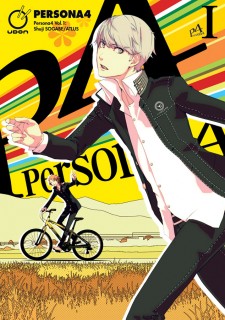
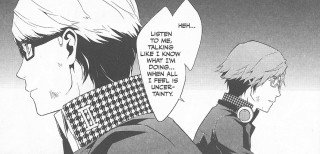
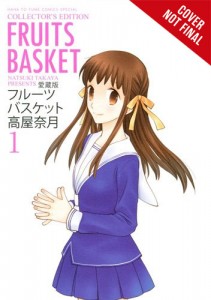 BRIGID:
BRIGID: 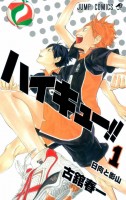 DEB: I’m most excited about the trend where manga publishers are taking chances on titles and genres that were once considered the third rail/extra risky to license, like sports manga. Super excited about the Summer 2016 arrival of the first volumes of
DEB: I’m most excited about the trend where manga publishers are taking chances on titles and genres that were once considered the third rail/extra risky to license, like sports manga. Super excited about the Summer 2016 arrival of the first volumes of 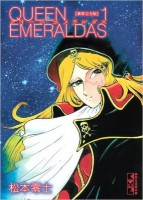 Another example of manga publishing biz in the US dipping their toes into riskier fare is the upcoming publication of three classics:
Another example of manga publishing biz in the US dipping their toes into riskier fare is the upcoming publication of three classics:  KATE: I share Deb’s excitement about classic manga. It’s a risky undertaking for any publisher, especially when so many readers are young (under 20) and not particularly curious about the medium’s roots. It will be interesting to see if UDON can pitch Rose of Versailles to the Shojo Beat crowd; though the artwork is a little dated, the melodrama, costumes, and kick-butt female lead have obvious parallels with titles in VIZ, Kodansha, and Yen’s catalogs. Who knows? It could be a surprise hit.
KATE: I share Deb’s excitement about classic manga. It’s a risky undertaking for any publisher, especially when so many readers are young (under 20) and not particularly curious about the medium’s roots. It will be interesting to see if UDON can pitch Rose of Versailles to the Shojo Beat crowd; though the artwork is a little dated, the melodrama, costumes, and kick-butt female lead have obvious parallels with titles in VIZ, Kodansha, and Yen’s catalogs. Who knows? It could be a surprise hit.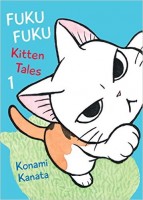 In the just-for-fun department,
In the just-for-fun department, 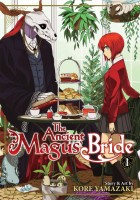 KATE: I’m consistently impressed by Seven Seas’ tenacity and business acumen, but not so impressed with the actual titles they license. Last year, however, Seven Seas published The Ancient Magus’ Bride and acquired Orange, neither of which fit the profile of a typical Seven Seas manga; if anything, both seemed like the kind of titles that CMX used to license. That gamble has paid off with Bride, which recently cracked the NY Times Manga Bestseller list. My prediction: Seven Seas will continue to make bold licensing choices in 2016, even as vampire-monster girls remain their core business.
KATE: I’m consistently impressed by Seven Seas’ tenacity and business acumen, but not so impressed with the actual titles they license. Last year, however, Seven Seas published The Ancient Magus’ Bride and acquired Orange, neither of which fit the profile of a typical Seven Seas manga; if anything, both seemed like the kind of titles that CMX used to license. That gamble has paid off with Bride, which recently cracked the NY Times Manga Bestseller list. My prediction: Seven Seas will continue to make bold licensing choices in 2016, even as vampire-monster girls remain their core business.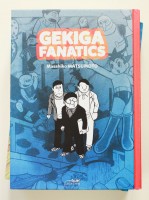 If any publishers are reading this, I have a very specific licensing request. There’s a small French publisher called
If any publishers are reading this, I have a very specific licensing request. There’s a small French publisher called 
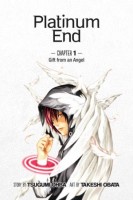
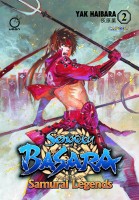
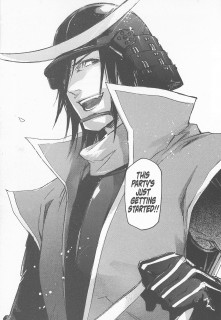
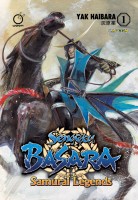
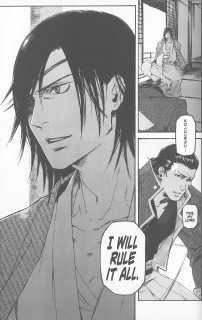


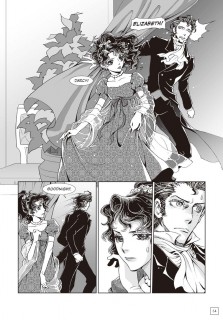
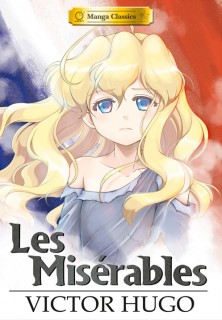
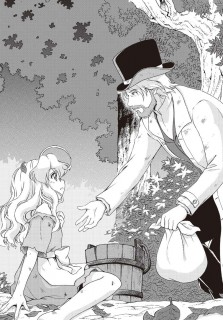
 I like science fiction, I really do, but I have limited tolerance for certain tropes: futures in which all the women dress like strippers — or worse, fascist strippers — futures in which giant bugs menace Earth, and futures in which magic and technology freely commingle. Small wonder, then, that Kia Asamiya’s Silent Möbius has never been on my short list of must-read manga — it’s a festival of cheesecake, gooey monsters, and pistol-packing soldiers who, in a pinch, must decide whether to cast a spell or fire a rocket launcher at the enemy. Imagine my surprise when I discovered just how entertaining Silent Möbius turned out to be, gratuitous panty shots, bugs, and all.
I like science fiction, I really do, but I have limited tolerance for certain tropes: futures in which all the women dress like strippers — or worse, fascist strippers — futures in which giant bugs menace Earth, and futures in which magic and technology freely commingle. Small wonder, then, that Kia Asamiya’s Silent Möbius has never been on my short list of must-read manga — it’s a festival of cheesecake, gooey monsters, and pistol-packing soldiers who, in a pinch, must decide whether to cast a spell or fire a rocket launcher at the enemy. Imagine my surprise when I discovered just how entertaining Silent Möbius turned out to be, gratuitous panty shots, bugs, and all.
